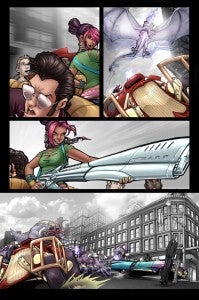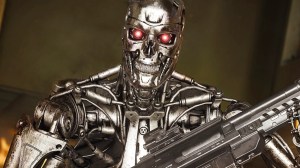Creative partnerships take on many different faces and shapes today.Some artists and writers collaborate across state lines via Skype, email and phone, others by mail, and some may interact daily.That last piece is certainly the case for Comfort Love and Adam Withers.Not only are the duo married to each other, but they also work together to produce two successful and notable comic book series, Rainbow in the Dark and The Uniques. The pair have been working hard over the past few years, and their recent nomination for a Harvey Award in the category of Most Promising New Talent is certainly one of the rewards of that struggle.I talked with them recently about just what this award means, how their creative process works and just what the future holds in store.The pair of twenty somethings met in college, the Kendall College of Art and Design specifically, where they fell in love and both have degrees in Illustration and Graphic Design.After some initial work on role playing games, they began working on their own material, and now, a few years later, they are a Harvey nominated duo.The news surprised them. “We were shocked, really. More than shocked,” they said, “We didn’t think there was any chance of us being recognized in this way for many, many years, if ever. As a self-publisher, you’re often ignored by the wider creative community. There’s a major struggle to have the work we do seen as legitimate. What this represents to us as much as anything is the vindication that our efforts and the books we create have as much value and legitimacy as any of the major publishers out there.”
Videos by ComicBook.com
Or check out their personal blog here!













